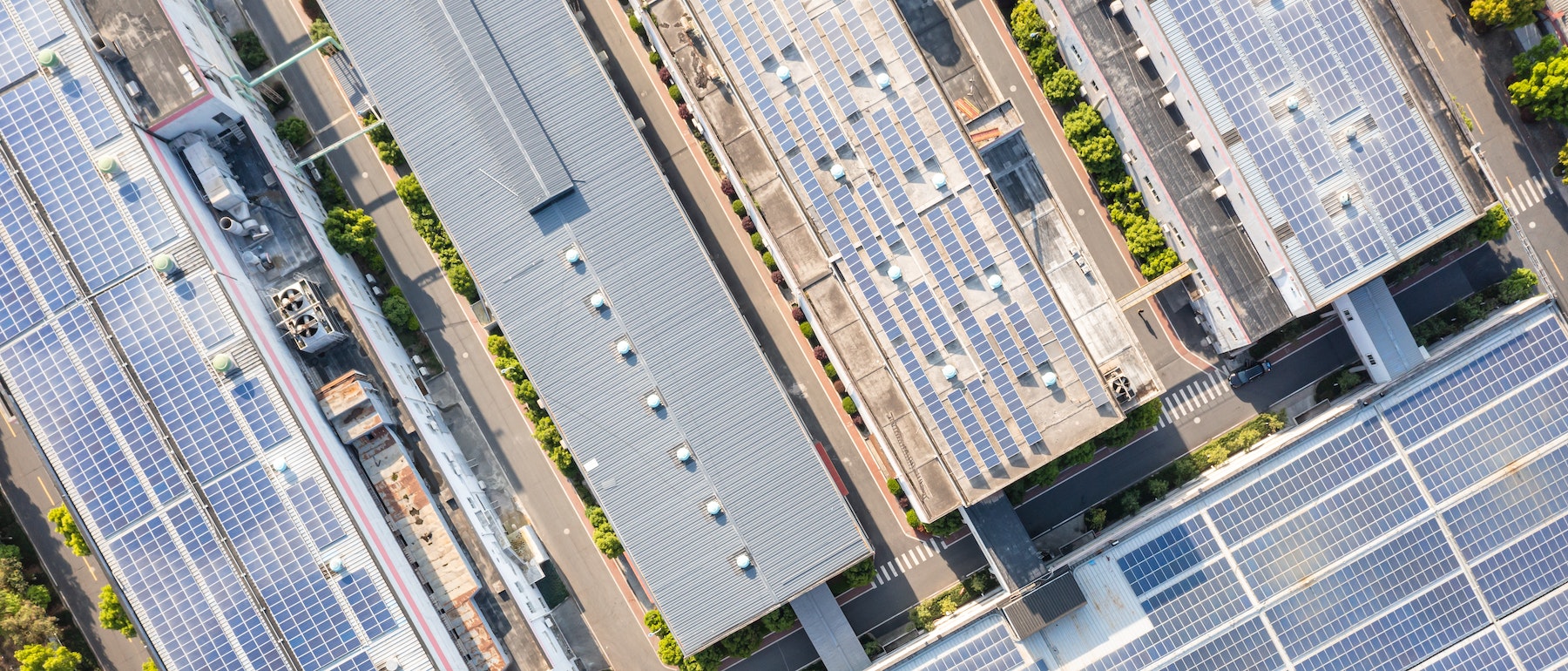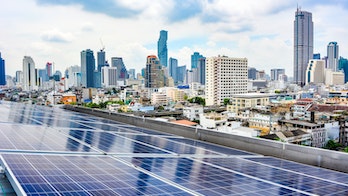Renewable Integration
Integrating higher shares of VRE is essential for decarbonising the power sector

The increasing prominence of variable renewable energy technologies (VRE) enabled by sharply falling costs and supportive policies, alongside other advances, are among the most important drivers of power system transformation globally, including decarbonisation and ensuring electricity security. The impact of, and issues associated with, VRE depend largely on its level of deployment and the context of the power system. IEA analysis of these challenges covers global and country level dimension as well as technology aspects.
Key finding
Annual variable renewable energy share and corresponding system integration phase in selected countries/regions, 2022
OpenSix phases of system integration
Power system flexibility refers to the capability of a power system to maintain continuous service in the face of rapid and large swings in supply or demand, whatever the cause. Flexibility has always been an important requirement for power systems due to the need to plan for unexpected contingencies such as plant and transmission outages. However system flexibility has become increasingly important for policy makers as the share of VRE generation increases and needs to be addressed in all time domains from real-time operations to long-term system planning.
Phase 1 captures very early stages where VRE deployment has no immediate impact on power system operation. Phase 2 flexibility issues emerge but the system is able to cope with them through minor operational modifications. Phases 3 through 6 indicate the increasing influence of VRE in determining system operations.
Featured analysis
Analysis
-
Institutional Architecture for Regional Power System Integration
Government, Utility and Regulator roles

-
Breakthrough Agenda Report 2023

-
Co-operation across borders is key to building interconnected power systems of the future
-
Thailand’s Clean Electricity Transition
How accelerated deployment of renewables can help achieve Thailand’s climate targets

-
Digital tools will help keep distributed solar PV growing strongly
-
Tripling renewable power capacity by 2030 is vital to keep the 1.5°C goal within reach
-
Grid Integration of Electric Vehicles
A manual for policy makers

-
How hybrid PV technologies can contribute to the decarbonisation of Thailand's power system












